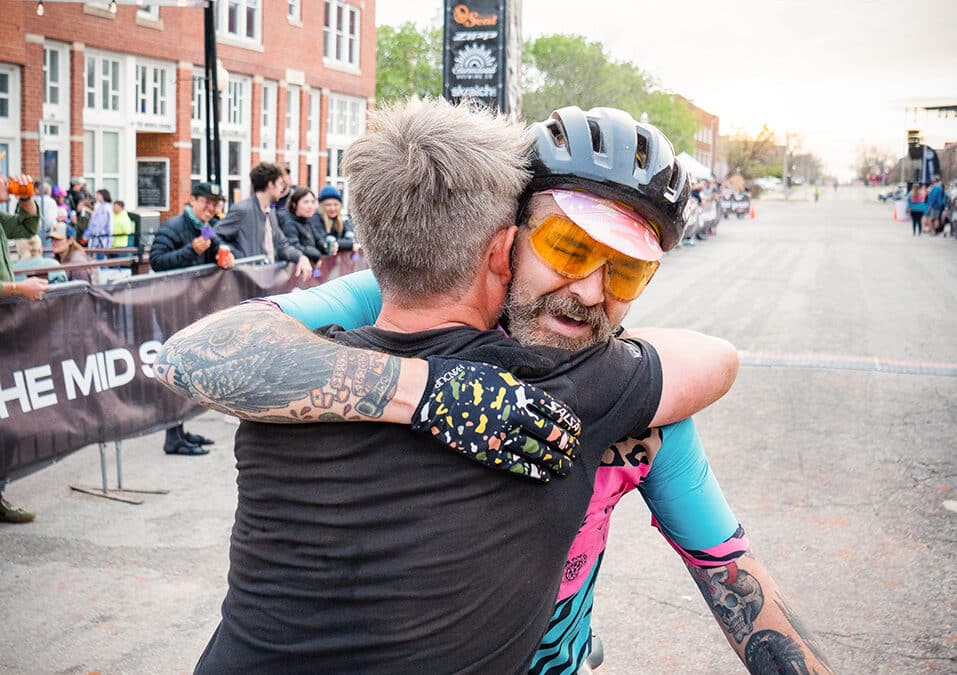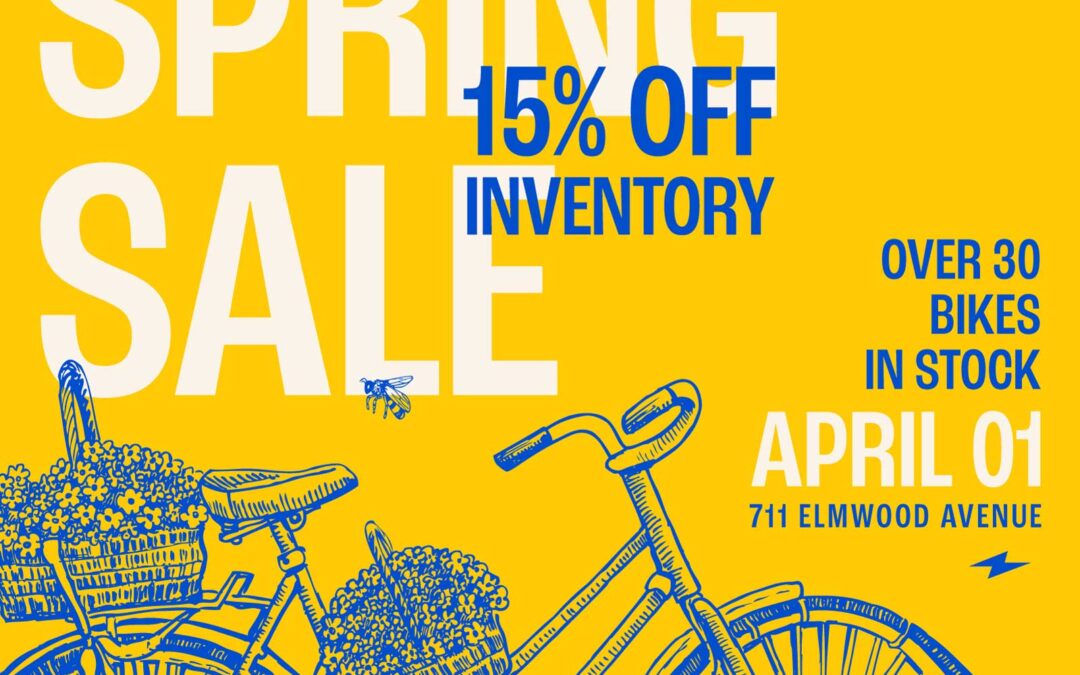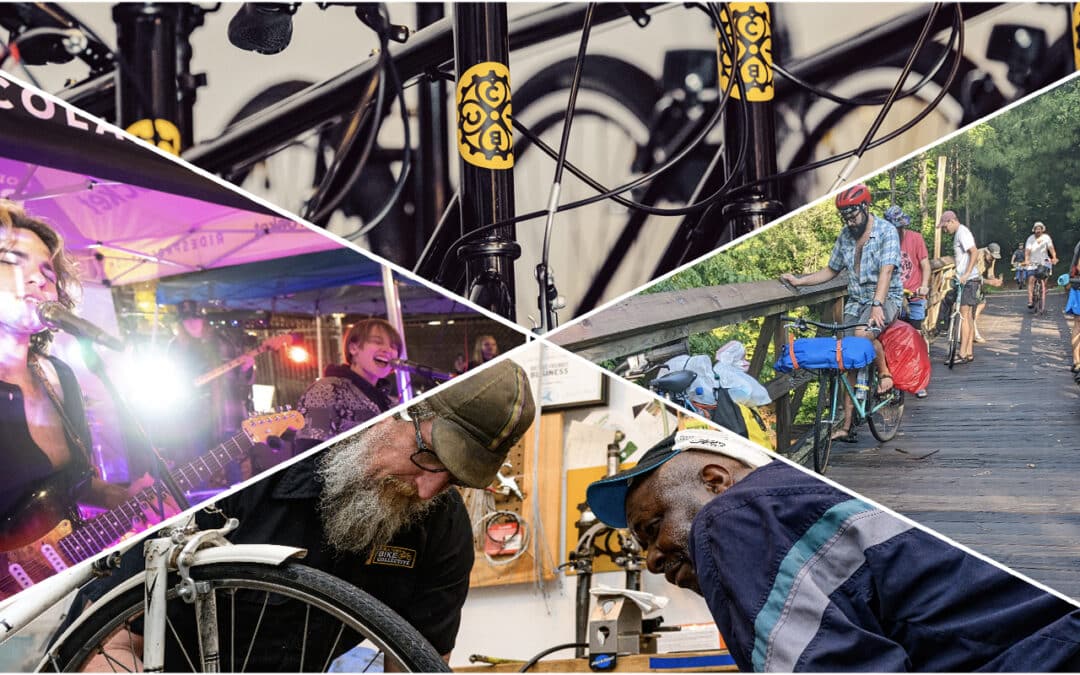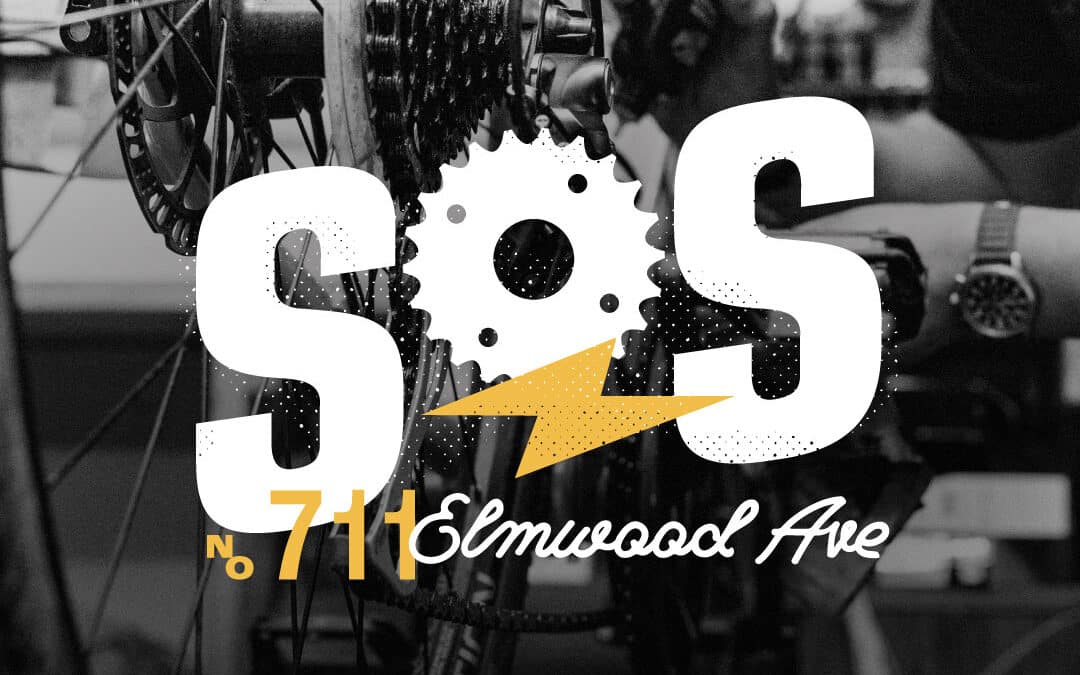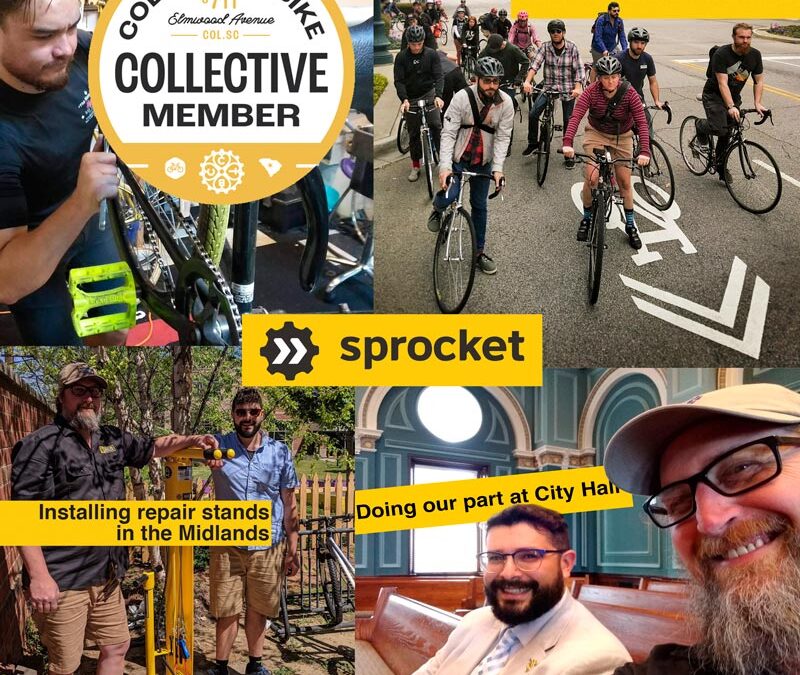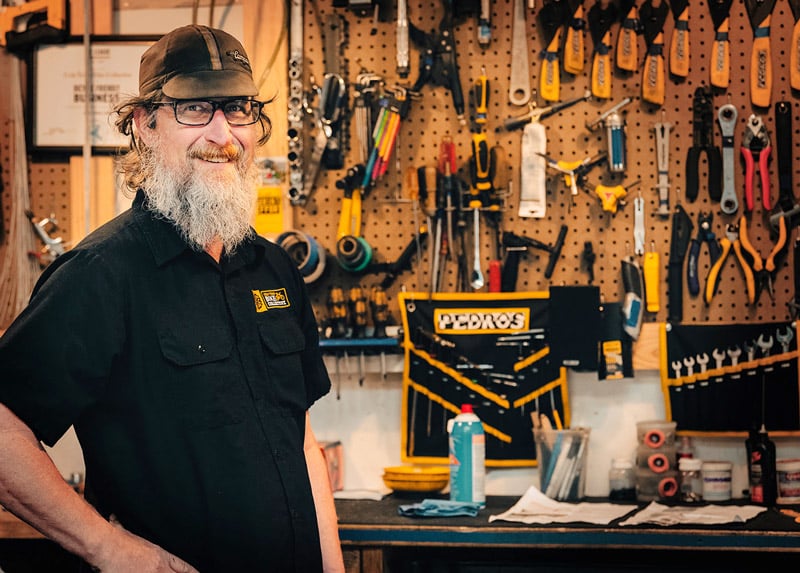Most days in a bike non-profit are akin to running a triage unit, performing hamburger repairs that just keep bikes going another day.
Sometimes a full restoration isn’t just restoring the bicycle.
After flipping the shop lights on at 8am on Monday morning, the next step is picking an ambient, lofi or Jazz channel to put on for the day. We don’t open for another two hours, but Mondays can be chaos. Everyone who had issues over the weekend will swarm all at once, and the shop will become a frontline MASH triage hospital soon. But it’s quiet for now.
After getting the music playing, I make my way to my bench. Tools and parts scattered from the emergency repairs done at the close of business the week before. I put my pedal wrench away, organize the Allen wrenches, throw away the saturated shop rags, and store usable parts for future repairs. In the corner next to my bench sits a dilapidated bike that I intend to build when the time and mood strikes me.
The Cola Town Bike Collective is a non-profit bike co-op. We, like many Co-ops and Bike Kitchens serve a critical transportation gap in our communities. There are as many business models as there are non-profit bike shops. All fill the niche that their community seems to need most. At our shop, we partner with some 20+ organizations that help homeless, transitioning, low income individuals, as well as refugees. We provide free bikes and services to just about anyone who is referred to us.
Running a non-profit shop can be challenging, as you spend your days changing countless flats with tires filled with Fix A Flat, nonstop destroyed rear derailleurs, roached bottom brackets, chains lubed with equal parts motor oil and mud, and mismatched brakes that seem to only exist for decoration. These generally aren’t amazing bikes. These are BSOs that started life at a box store where they were poorly assembled from the start, and have been used like a rented mule. The fact that they are still functional at all is always mind boggling.
It’s 8:30am, though, and those bikes are still more than an hour away. I glance back at the bike in the corner. An hour is enough time to at least strip it down, do an initial assessment, and clean it. Maybe I’ll get lucky and there will be a slow trickle of folks this morning.
The frame is an ’85 Specialized Stumpjumper Sport. We got it in a batch of bikes from a shop that closed down about an hour away. It had been spray painted (partially) including most of the brakes/seat post/etc. The components were largely original, but that’s the best they had going for them. I’ve moved it around the shop for almost 4 months. Every time I look at the bike, I know it’s going to need hours, if not days of work. We will never be able to recoup the time spent on the build. But these bikes aren’t meant to be profitable. These are mental health builds.
Over the last year, I’ve spent time in the mornings, weekends, and sometimes during lulls in our regular hours building bikes however I want. There’s no rush, no customer waiting on it, and the only constraint is what I have at the shop (and sometimes in my private stash). There’s something about particularly damaged, derelict, unwanted bikes that appeal to me. Sometimes I choose to restore it, sometimes it’s a build of my own fancy. Because these frames are regularly in rough shape, I feel unrestrained in my direction.
After cleaning the Stumpy Sport, I realize the red spray paint is just not going to come off, and what’s left of the original black paint and decals are in horrible shape. I don’t love painting bikes, because it is a very, very time consuming process. Using the google box to look up automotive paint, and do some researching on correct decals. It looks like $160 in materials. Fortunately, I have primer, sanding belts, sanding pads, wire wheels, compound, etc. I decide it’s worth it to splurge a little bit, and order the paint and decals (shipping from Bicycle Stickers in the UK).
Building a bike like the StumpJumper is akin to meditation. I can clear my mind on anything outside of the project that is spread out on my bench. Nothing is going to happen quickly, so there’s no need to rush. Taking time on each part allows you to focus wholly on the process. Distractions don’t have room when you are focused on one part at a time.
Disassemble, initial cleaning, ultrasonic bath, dry, repair, polish, lube, assemble.
Over the next 3 months, the bike is stripped, sanded, prepped, and painted. All parts are hand polished, and decisions were made on tires, grips, saddle, etc.
Final assembly is like finishing a great book. There is almost a melancholy knowing it will be over soon, but is accompanied by such a warm excitement to see the completion. I don’t consider myself as an artist at all, but I wonder if they feel the same way when done with a particularly challenging piece.
Unlike art, though, the final test is if it performs as well as it looks. At the end of the day, the ride is the most important feature. Sometimes test rides are approached with trepidation- there’s been months in the making after all. However, the StumpJumper is an 80s MTB which has a geometry that is almost perfect- before the aggressive long top tubes of the 90’s became standard. The shifting is done with thumbies that are hard to mess up. I had a good feeling about this bike.
It. Is. Perfect! Every part of the bike worked in concert. Riding a bike like this one just puts a smile on your face that no aggressive racer ever can. It feels like it was designed for actual human anatomy. Everything is balanced, everything is comfortably within reach, everything just feels right.
But the bike isn’t mine, it’s for someone else to enjoy. I can only hope that they take the same pleasure in the ride that it offered me with the build.

the StumpJumper as it showed up
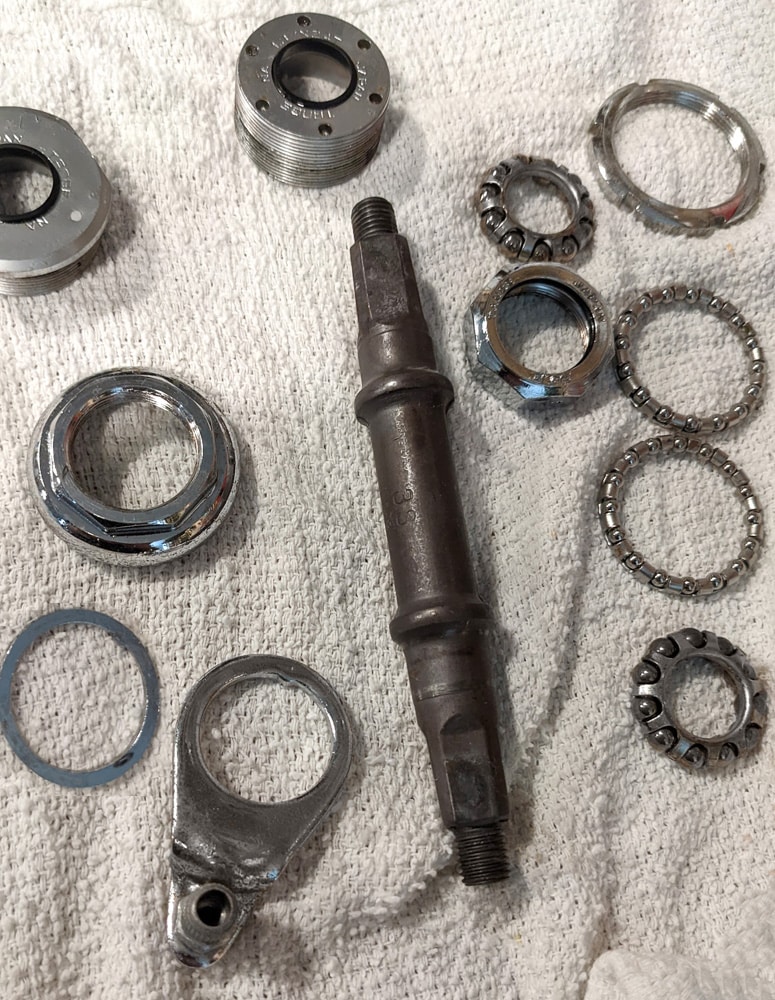
headset and bottom bracket teardown

cleaning and polishing components
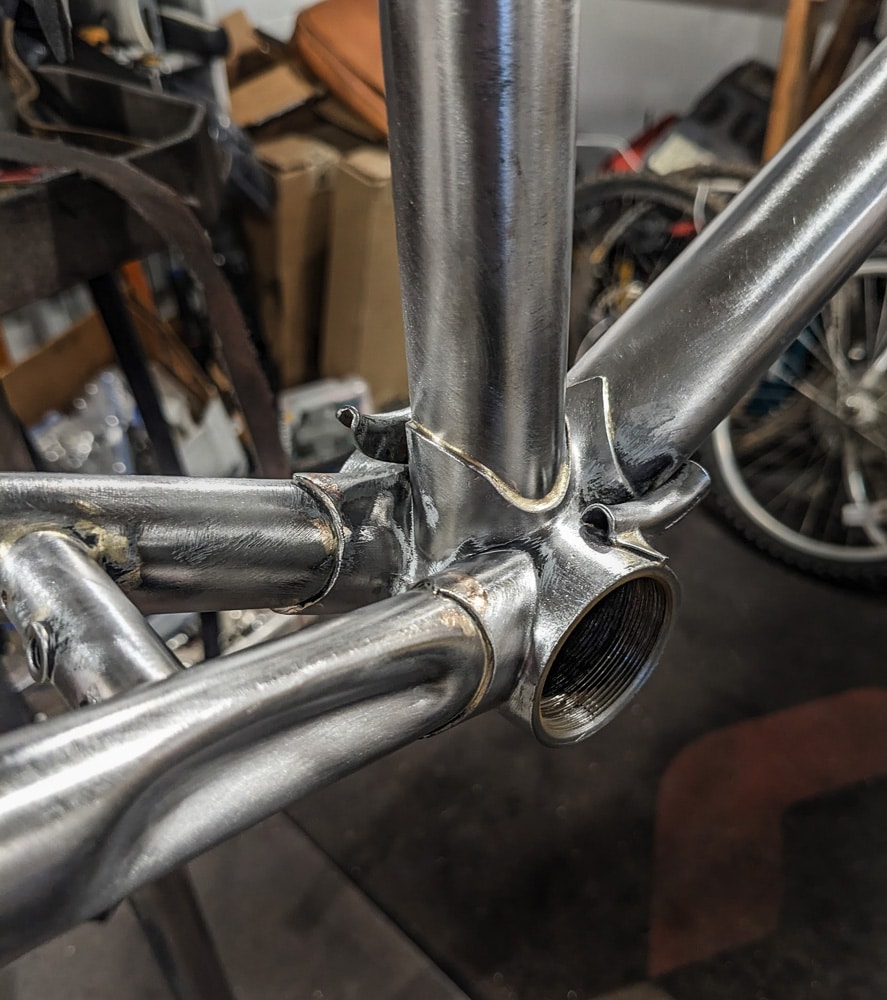
the brazing on the bike is just amazing
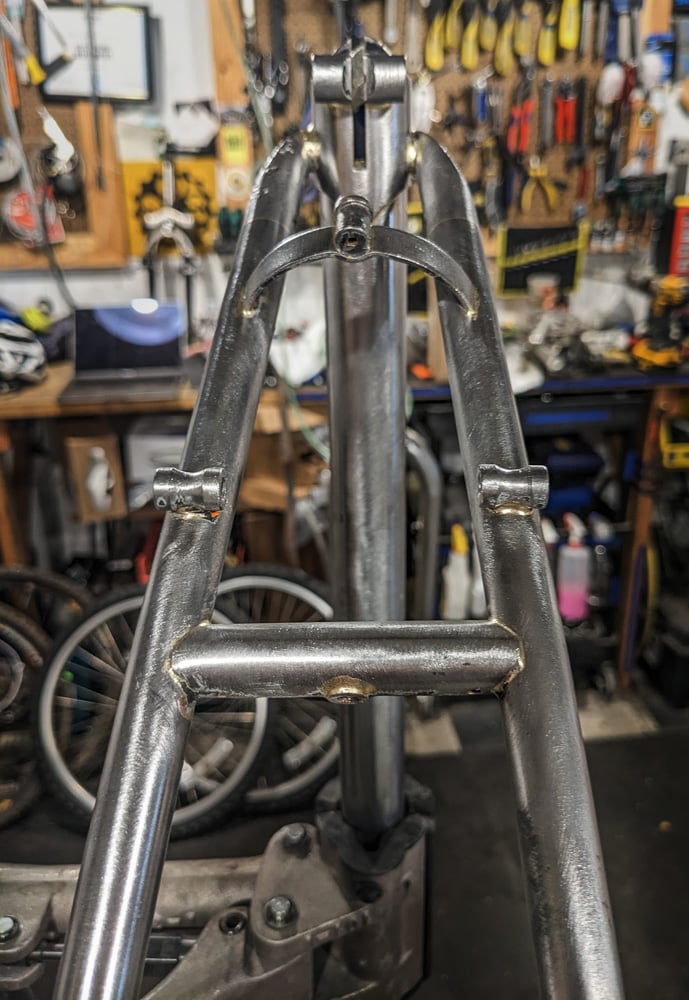
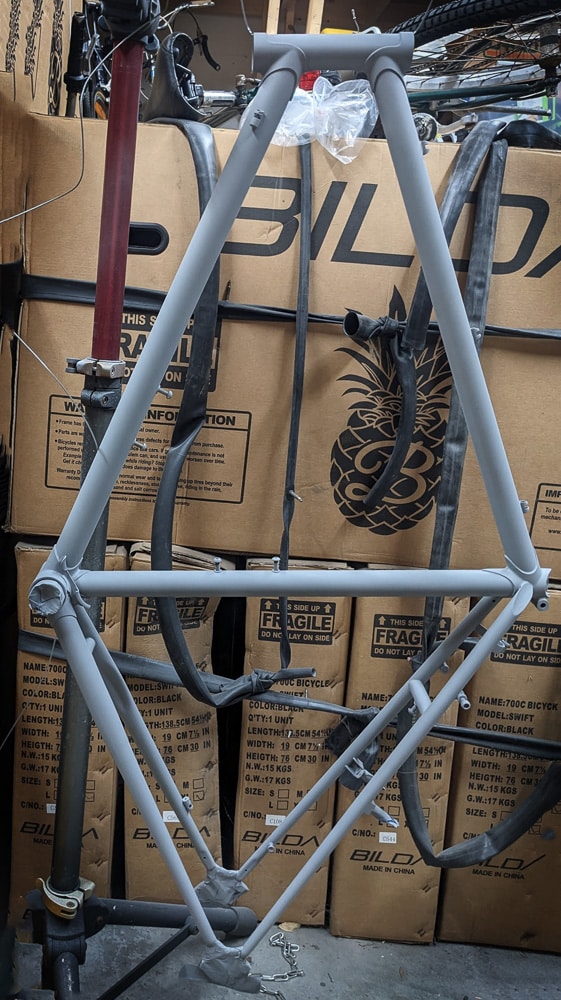
one coat of self leveling primer, 2 coats of primer sanded between coats
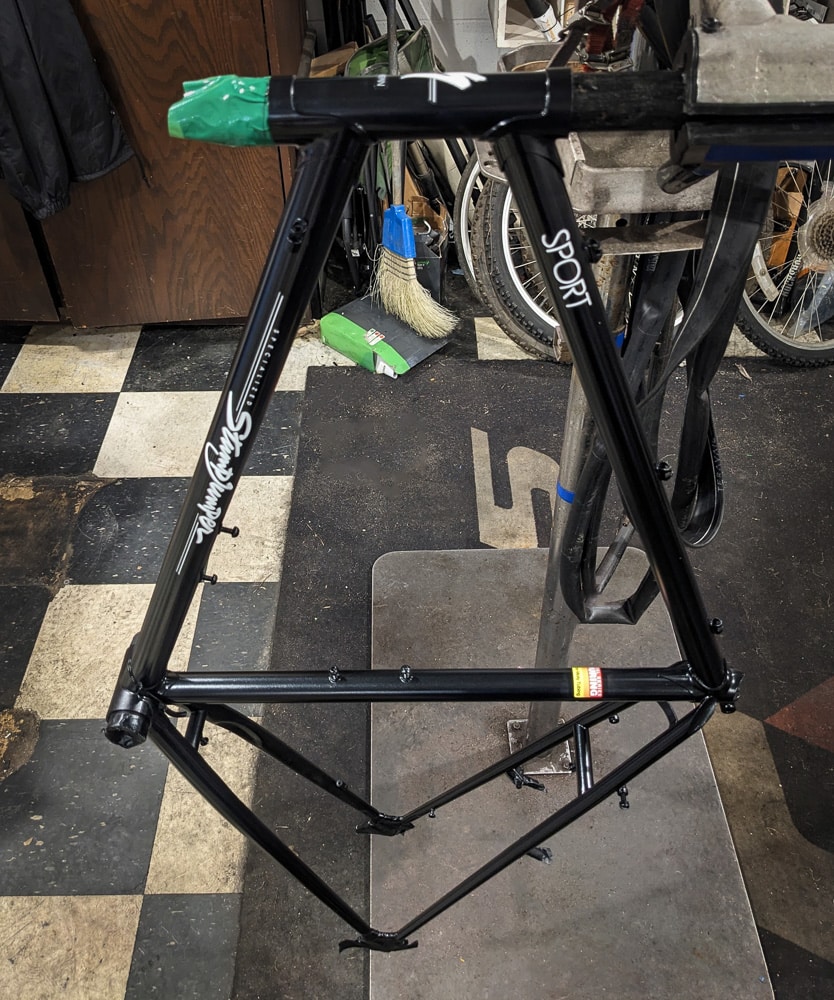
two coats of Black Sapphire Metallic, decals, 2 coats satin 2K clear

fork ends and dropouts were left polished, just clear coated

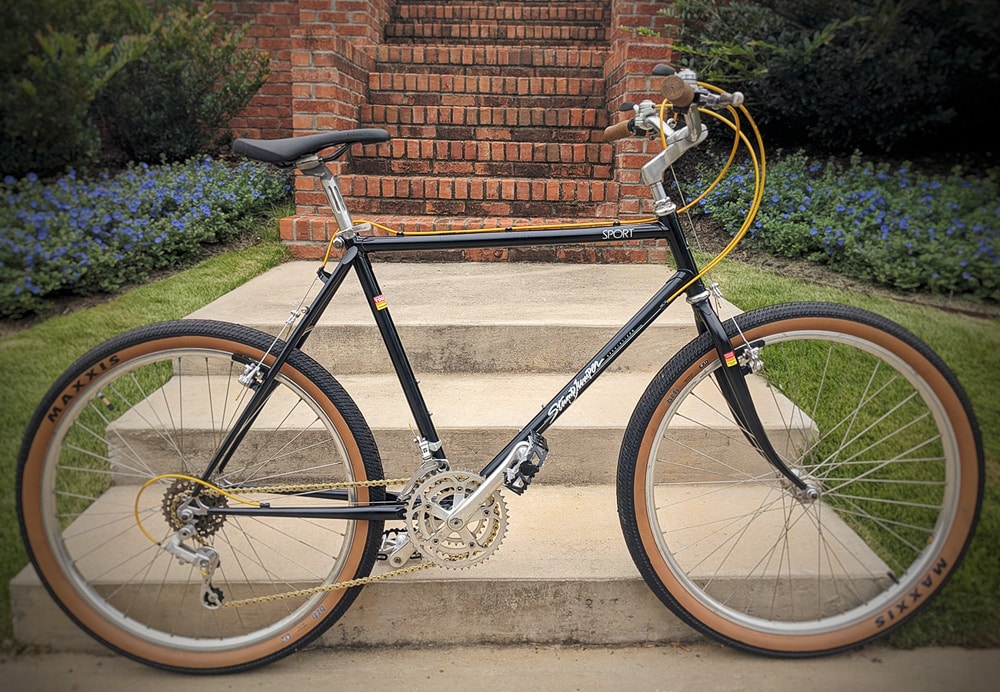
Final build.
